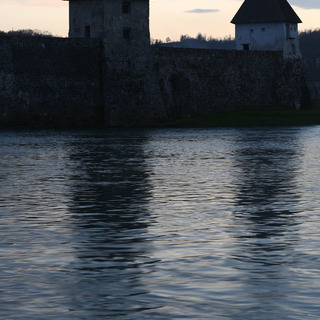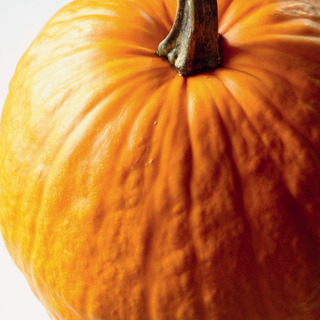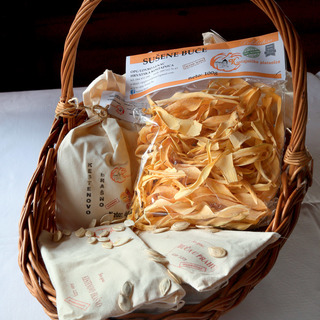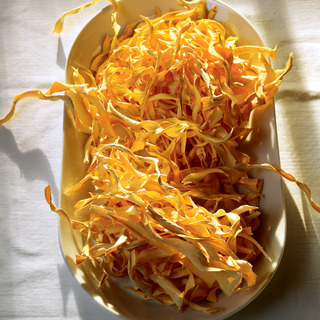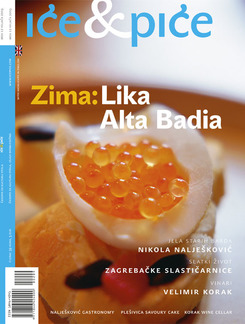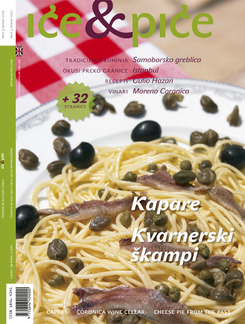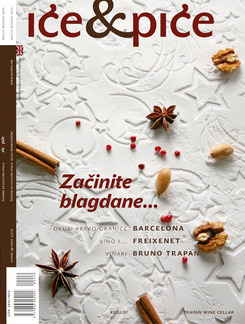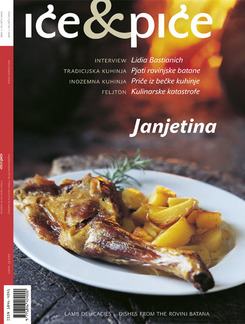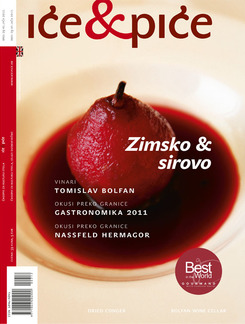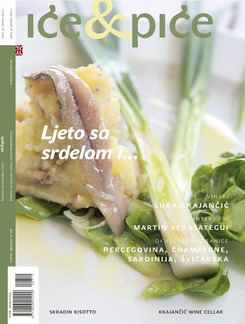In spite of the enormous popularity of various kinds of pumpkin in the last few years, which has pushed the borders of the consumption of pumpkin oil and various pumpkin dishes deep into the south, their traditional use was quite minor. If you ask one of the older peasants what they did with pumpkins, he would tell you it was for feeding the pigs. On the whole, that is, for sometimes roast pumpkin is mentioned, sometimes pumpkin strudel, and sometimes pumpkin seeds were nibbled, including as a cure for tapeworms. The selection of traditional dishes is not very great, and many recipes have been completely forgotten. For example, the recipe for stewed pumpkin I came across flicking through my great-grandmother’s recipe notebook, which started with the words Buy a pumpkin from a Bulgarian. In spite of the regular and generally known canon of home-style (granny’s) recipes, tradition still has the occasional unexpected discovery in store for us. And Kostajnica plaits are just that – an incredibly simple and irresistibly brilliant invention out of the former modesty and inventiveness used to get by with a modest and indeed often meagre list of ingredients. The diversity we take for granted is the result of recent history, of the supermarkets and the victory over seasonal food dictated by the climate. But if we are condemned to the season, we have to develop some rather inventive ways of preserving foodstuffs. Those who can remember the huge freezers that were an important part of every house still twenty years back can understand the dimensions of the obsession with preserving that reigned a hundred and more years back. All the surplus from the field and garden had to be bottled, pickled or dried. Brining and drying are the oldest means of preserving, with the latter needing only the sun. Kostajnica braids are in fact strips of pumpkin dried in the sun, nothing more. But just that is an amazingly tasty tagliatella, mild and fantastically chewy, with a texture that recalls the stem of the cep.
As the name would suggest, these plaits were not known outside Kostajnica, nor do I know that they ever had a place in the annual food calendar anywhere else. On the fasting Christmas Eve table, there had to be a bowl of cooked pumpkin tagliatelle. This simple warm salad seasoned with garlic steamed proudly on the table laid waiting for Christmas and the end of the fast. Today at last we can enjoy dried pumpkins outside their hometown framework, in some new interpretations that satisfy completely new dietary options – vegetarianism or veganism. Who needs egg pasta when they can have Kostajnica plaits?
Tastier with a sauce than any ordinary kind of pasta, Kostajnica plaits absolutely deserve a place in modern cooking, and I find this such an enormous pleasure. As for producers of Kostajnica plaits, they still keep the occasional slightly known treat in their assortment.
